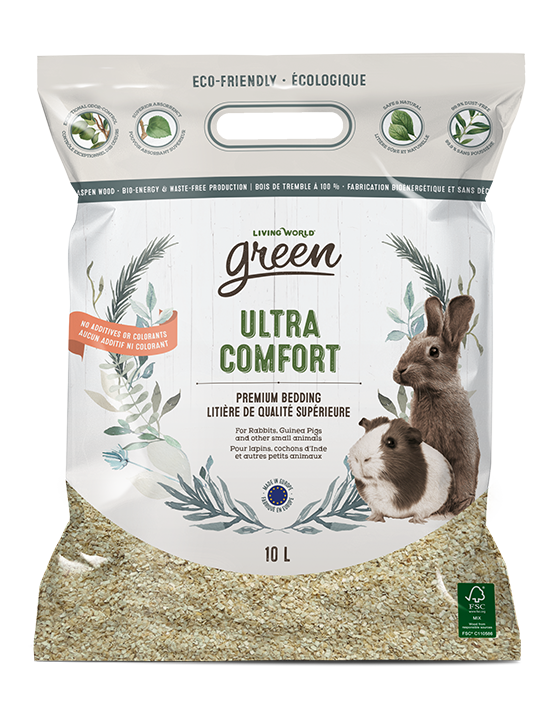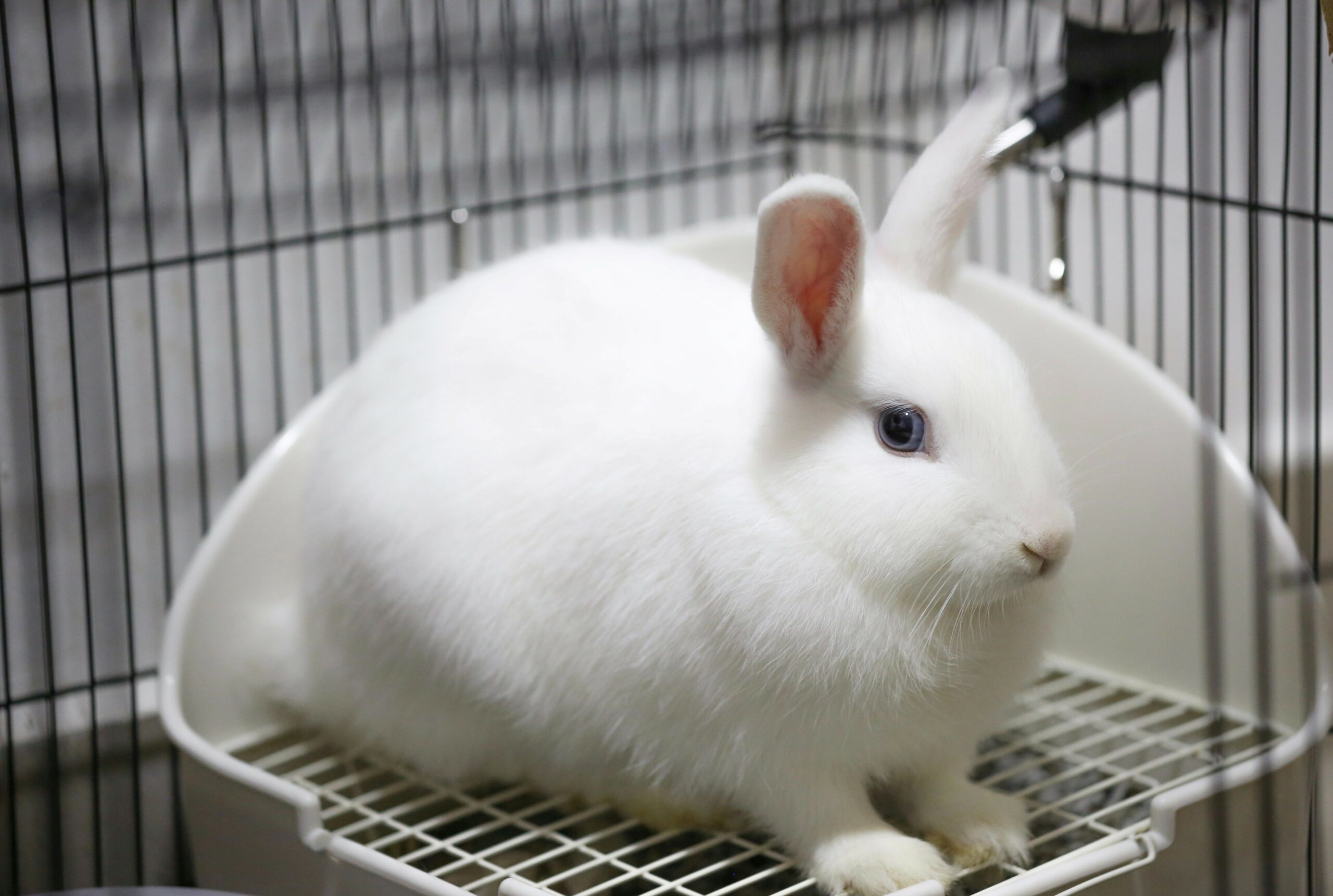 Ultra Comfort Premium Bedding
Ultra Comfort Premium Bedding

Did you know that, just like cats, rabbits can be trained to use a litter box?
Rabbits are naturally clean animals as well as creatures of habit – they tend to use the same location in their enclosure as a toilet area – making them very adaptable to litter box training.
Wondering where to begin? Read on to learn why you should litter train, what you’ll need for success and how to go about it.
It’s a good idea to begin litter training once your rabbit has been spayed or neutered, which is typically around the age of four to six months. It is possible to train your rabbit sooner than that, however older rabbits are easier to litter train as their attention span increases with age.
It may be obvious to include litter on a list of requirements for litter training, but it’s important to note that they are not all created equal. The litter you select for your pet should include the following:
It is essential to remember that rabbits’ urine has a strong smell so selecting a litter that is absorbent and controls odour is key, keeping in mind that if the litter box starts to smell bad, your pet will probably not use it.
As tempting as it may be to select a scented litter to mask odours and keep your home smelling fresh, it is best to avoid them as litter with chemicals or scented oils can harm your pet’s respiratory system. Avoid using aromatic wood shavings such as pine or cedar shavings as these contain phenols that can cause health issues.
A rabbit’s delicate respiratory system can also be irritated if exposed to a high amount of dust, which can additionally affect pet owners with allergies or sensitivities. Also, litter with the least amount of dust is easier to clean.
Some rabbits may nibble on their litter, making it crucial that it be natural and safe for rabbits, with no additives, colorants or chemicals integrated into the product.
Avoid using clumping litter as this type can cause blockages in your pet’s digestive system.
The sides of the litter box should be low enough to enable your rabbit to have easy access, but high enough to contain the litter. If your pet can comfortably move around, you have chosen a litter box that is wide enough. You can also find corner litter boxes designed for rabbit enclosures, but a cat pan will do just as well.
This may be surprising, but rabbits like to eat while they poop. Placing Timothy Hay near or above the litter box will encourage your rabbit to use it. By luring your pet with the smell of hay, you’re reducing the chances that they use another corner as a toilet area.
For initial training, is it best to have an enclosure to help limit the area that your bunny can move around. It helps your rabbit grasp the concept of litter training faster and gives you less mess to clean. Once your pet is properly trained, you will be able to let them roam freely around the house.
Your rabbit has likely already established a few areas in their enclosure to urinate and defecate. Put the litter box in one of those places. If your rabbit is free roaming, placing the litter box near your bunny’s hay is best.
Place approximately one inch of litter at the bottom of the litter box. Rabbits tend to spend quite some time in their litter box; therefore, the texture of the selected litter should be as comfortable as possible. Because some bunnies like to chew on the litter, it’s important to ensure that it is safe and natural. Add a layer of hay to attract your rabbit to the litter box.
For initial training, add some droppings and a little soiled bedding to the box; this will encourage your rabbit to begin using the litter box.
To make this experience as successful as possible, your rabbit must have a positive connotation attached to the litter box. Therefore, give them some healthy snacks or hay when you place your rabbit in the litter box. They will associate the litter box with a positive experience and will likely start using it.